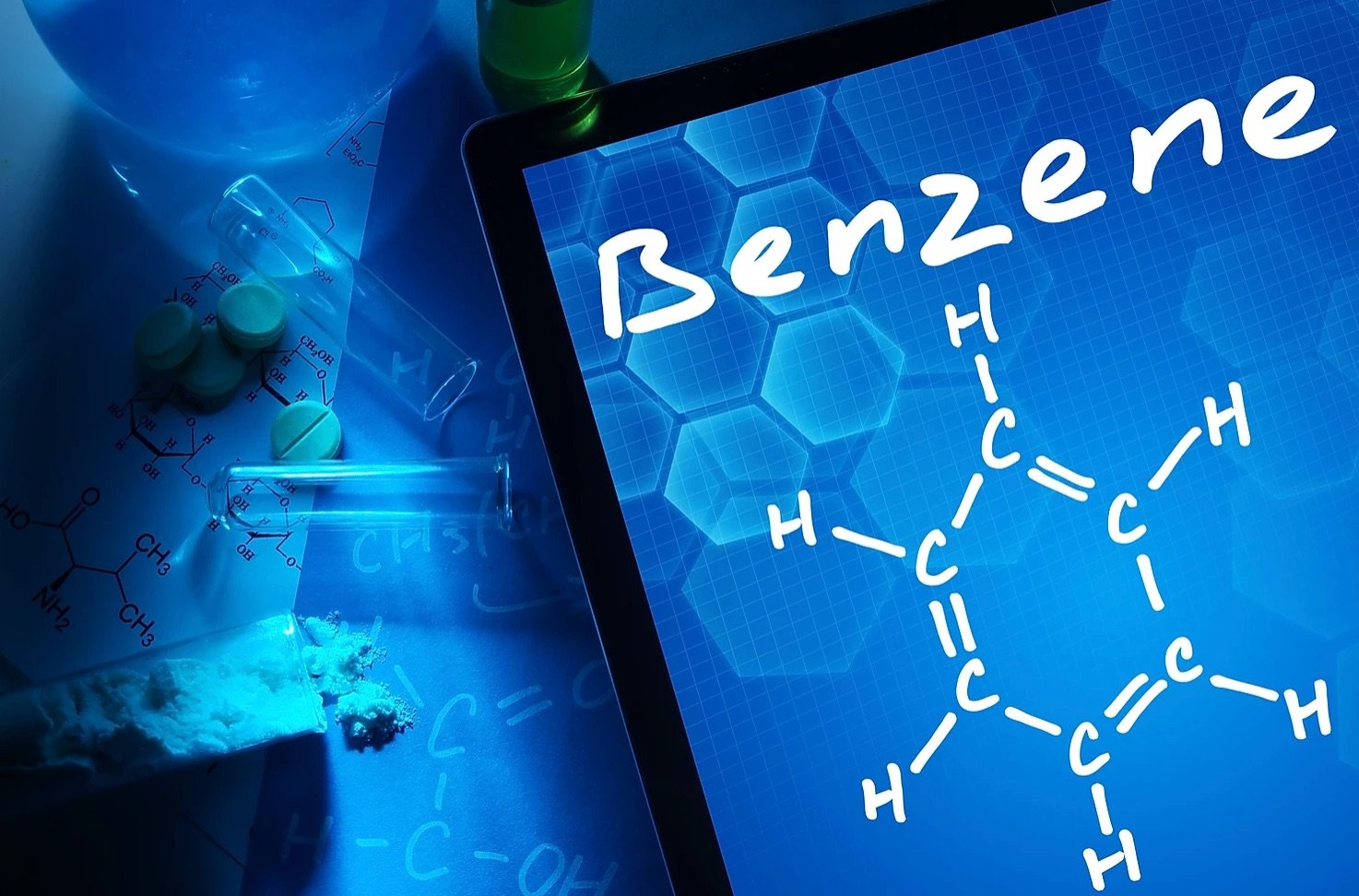Kian Petroleum Company is an international specialized petrochemical company producing various petroleum products such as diesel , benzene content , etc
Catalytic reforming is a chemical process used to convert petroleum refinery naphthas distilled from crude oil (typically having low octane ratings) into high-octane liquid products called reformates, which are premium blending stocks for high-octane gasoline. The process converts low-octane linear hydrocarbons (paraffins) into branched alkanes (isoparaffins) and cyclic naphthenes, which are then partially dehydrogenated to produce high-octane aromatic hydrocarbons. The dehydrogenation also produces significant amounts of byproduct hydrogen gas, which is fed into other refinery processes such as hydrocracking. A side reaction is hydrogenolysis, which produces light hydrocarbons of lower value, such as methane, ethane, propane and butanes
benzene content
In addition to a gasoline blending stock, reformate is the main source of aromatic bulk chemicals such as benzene, toluene, xylene and ethylbenzene which have diverse uses, most importantly as raw materials for conversion into plastics. However, the benzene content of reformate makes it carcinogenic, which has led to governmental regulations effectively requiring further processing to reduce its benzene content
catalytic reforming processes
This process is quite different from and not to be confused with the catalytic steam reforming process used industrially to produce products such as hydrogen, ammonia, and methanol from natural gas, naphtha or other petroleum-derived feedstocks. Nor is this process to be confused with various other catalytic reforming processes that use methanol or biomass-derived feedstocks to produce hydrogen for fuel cells or other uses
Chemistry
Before describing the reaction chemistry of the catalytic reforming process as used in petroleum refineries, the typical naphthas used as catalytic reforming feedstocks will be discussed
Process description
The most commonly used type of catalytic reforming unit has three reactors, each with a fixed bed of catalyst, and all of the catalyst is regenerated in situ during routine catalyst regeneration shutdowns which occur approximately once each 6 to 24 months. Such a unit is referred to as a semi-regenerative catalytic reformer SRR
Some catalytic reforming units have an extra spare or swing reactor and each reactor can be individually isolated so that any one reactor can be undergoing in situ regeneration while the other reactors are in operation. When that reactor is regenerated, it replaces another reactor which, in turn, is isolated so that it can then be regenerated. Such units, referred to as cyclic catalytic reformers, are not very common. Cyclic catalytic reformers serve to extend the period between required shutdowns


